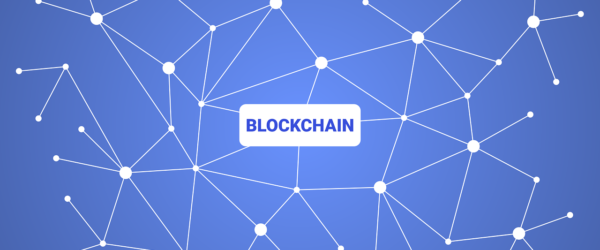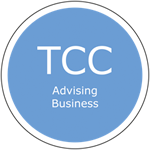Blockchain is a decentralised, distributed digital ledger that records transactions across many computers so that any information recorded cannot subsequently be altered without the alteration of all subsequent blocks.
When considering the potential use cases for blockchain a good starting point is the two primary categories of distributed ledger technology: static registry and dynamic registry.
Static registry is record keeping, the storage of static and unchanging information. Dynamic registry stores information on assets and records transactions or other events involving those assets.

Record keeping: storage of static information
Transactions: registry of tradeable information
STATIC REGISTRY
- Distributed database for storing reference data
IDENTITY
- Distributed database with identity related information
- Static registry used for a separate group of identity specific use cases
SMART CONTRACTS
- Set of conditions recorded on a blockchain triggering automated self-executing actions when the predefined conditions are met
DYNAMIC REGISTRY
- Dynamic distributed database that updates as assets are exchanged on the digital platform
PAYMENTS INFRASTRUCTURE
- Dynamic distributed database that updates as cash or cryptocurrency payments are made between participants
OTHER
- Use case composed of several of the previous groups
- Standalone use case not fitting any of the previous categories
Example
- Land title
- Food safety and origin
- Patent & IP
Example
- Identity fraud
- Civil registry and identity records
- Voting
Example
- Insurance claim payout
- Cash-equity trading
- New music release
Example
- Fractional investing
- Drug supply chain
Example
- Cross-border peer-to-peer payment
- Insurance claim
Example
- Initial coin offering
- Blockchain as a service
Blockchain records information in digital form and first came to public prominence with Bitcoin which, like the many other cryptocurrencies, value tokens and payment systems, are digital assets which exist only in digital form. Consequently, when a blockchain records information on physical assets that information needs to be digitalised to identify the asset with a unique and immutable signature.
The banking and finance sectors, which can easily digitise the assets with which they deal, are adopting blockchain for transactions including trade finance, the exchange of bonds and many other financial instruments.
The use of blockchain for static information has a particular relevance to governments and public sector organisations. Things like Land Registry records of title to land/property, tax records, electoral/voting information and driving licences can easily be digitised and could all be administered more efficiently and with less potential for manipulation or fraud on a blockchain based system.
Healthcare is another sector where there is lots of opportunity for relatively static digital information (patient medical records and imaging) to be stored on an integrated blockchain designed to facilitate easy access to essential information by GPs, hospitals and other healthcare providers.
Complex supply chains are beginning to be run on blockchain. However, before the movement of the physical goods can be monitored as they progress along the supply chain they first need to be identified by a unique and immutable digital signature. This is easier with some commodities than others. For example, whilst it is easy to stamp a block of steel with a unique code that cannot be tampered with and whose identity and movements can be scanned onto the blockchain with 100% certainty it is far more difficult to achieve that level of certainty with perishable or organic goods such as vegetables. Industry sectors affected by this issue are developing ledger or blockchain ‘anchors’ which can be applied to very small items to provide a unique digital identity.
Blockchain in perspective
One of the lessons learnt over the last few years is that when thinking about use cases for blockchain in a particular industry or sector the starting point should be a problem that needs solving, not regarding blockchain as a solution then trying to find a suitable application.
One of the paradoxes of blockchain is that it is, by its nature, decentralised and was originally seen as a means of democratising data by taking away the control of it from governments and large organisations and enabling individuals to deal with the free flow of data on a peer-to-peer basis without needing to use a third party intermediary. As blockchain develops, however, those in the best position to promote its development and adoption are centralised organisations such as governments and large industrial concerns who wish to maintain control of data and have the resources to achieve that through blockchain.
Blockchain is evolving fast but still faces a number of hurdles to mass adoption including technical, regulatory and resource consumption and in many cases blockchain does not provide a better alternative to existing systems. I will comment on these challenges in another article.
This article is for general guidance only and specific advice should always be taken before acting on any of the matters discussed.
For more information or to talk to me about Blockchain generally please contact me at:
t: +44 1491 411579
